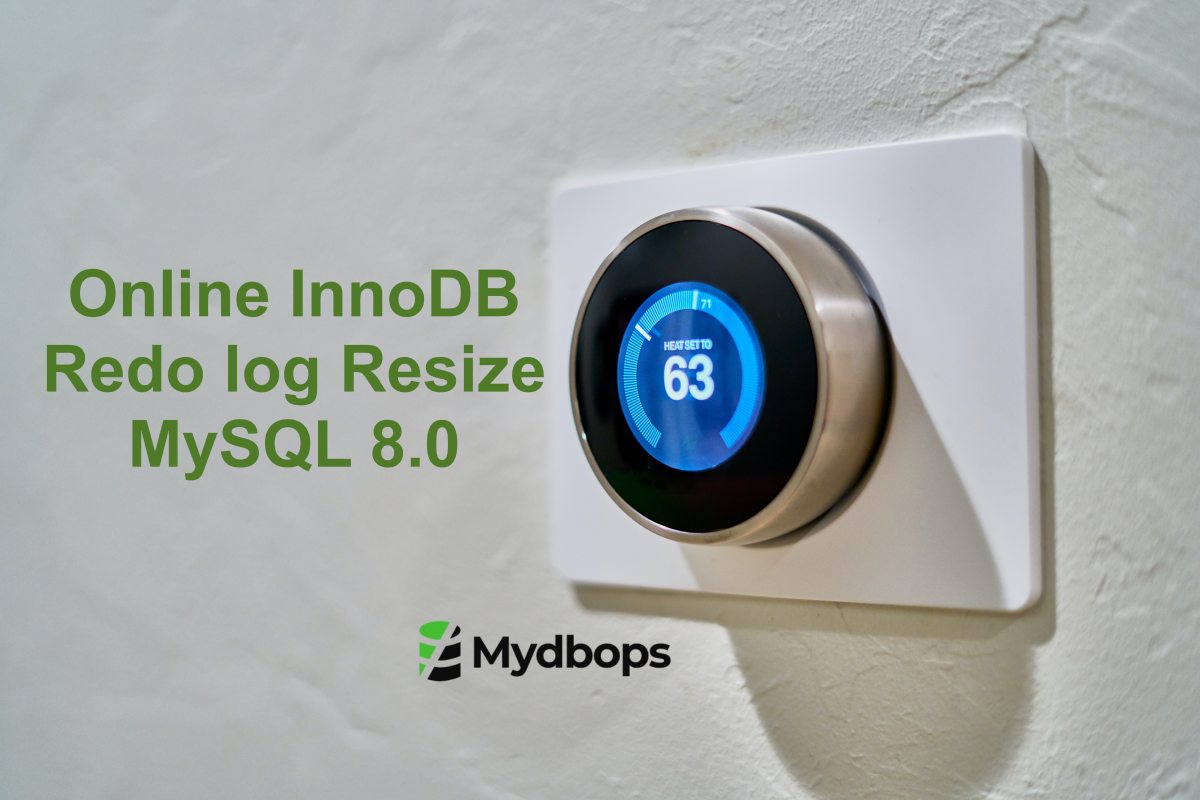NealC
Well-known member
I've been investigating a slower than desired site and made a few changes. This evening I was learning about setting innodb_file_size and the logs for MySQL 8.0.30 on Ubuntu Server 22.04 pointed me to the fact it's now deprecated and we should now use innodb_redo_log_capacity. I set this new property to 4G and my site is so much faster. If you're not aware of this change in MySQL server I suggest researching it. Here is an article that may be of interest in my google research learning about it.

 mydbops.wordpress.com
mydbops.wordpress.com

Dynamic InnoDB Redo log Resize MySQL 8.0.30
Tired of downtimes and planning to resize your redo log files in MySQL ( InnoDB)? Here we can find a smile on our faces! The latest release of MySQL 8.0.30 ( 2022-07-26 ) has added the Onlin…
 mydbops.wordpress.com
mydbops.wordpress.com


